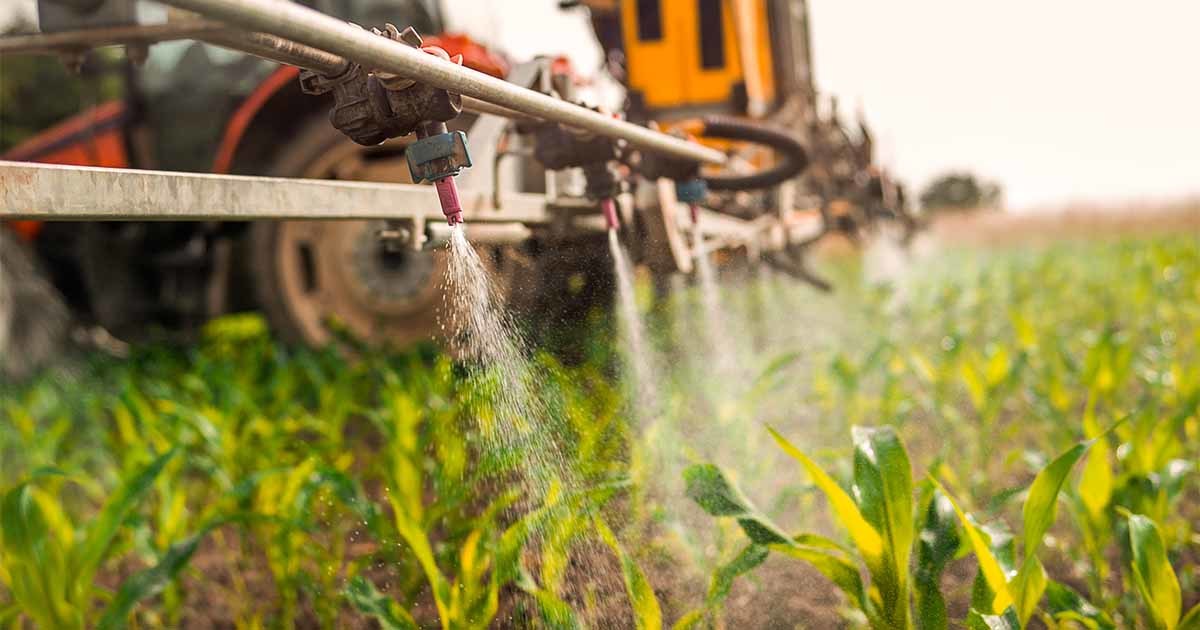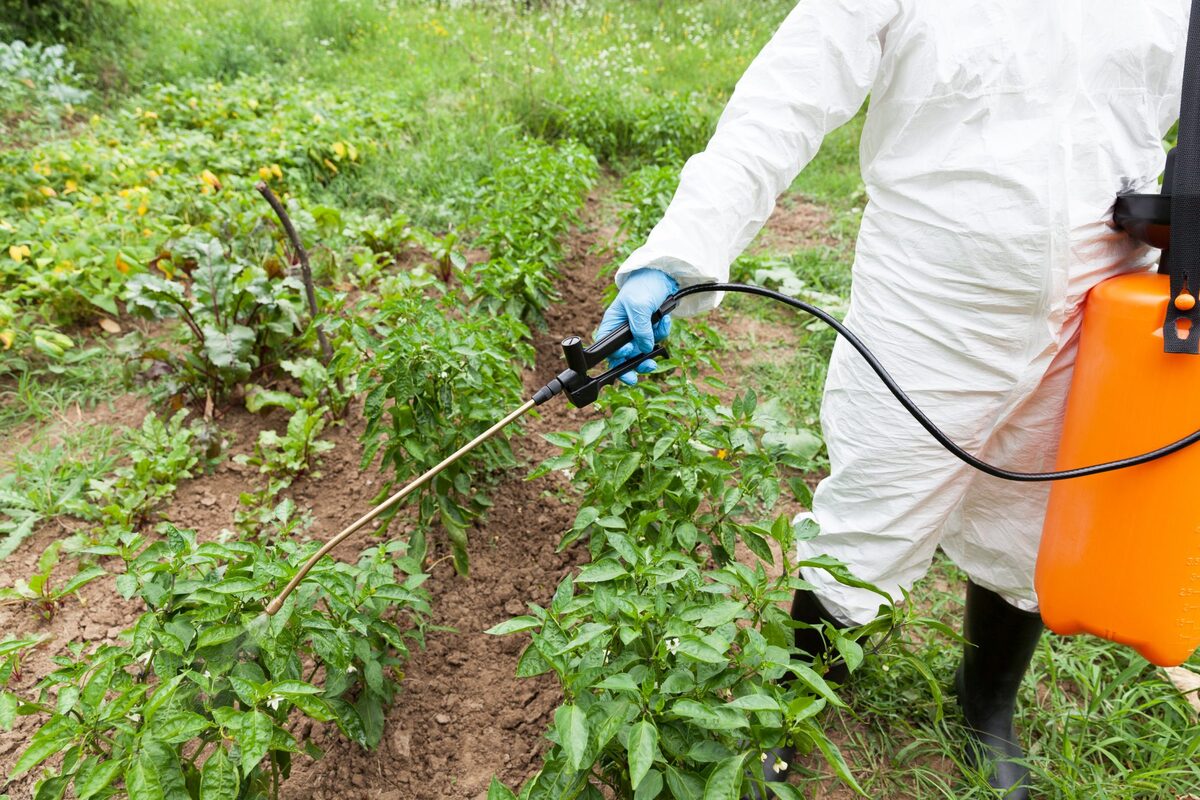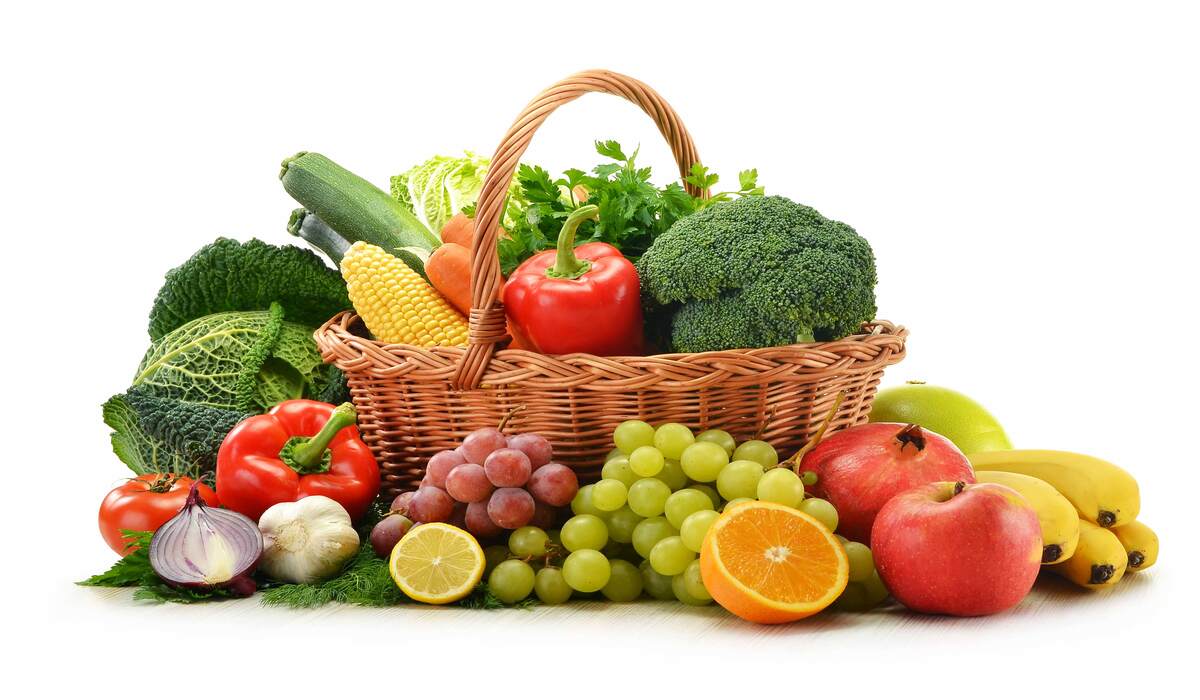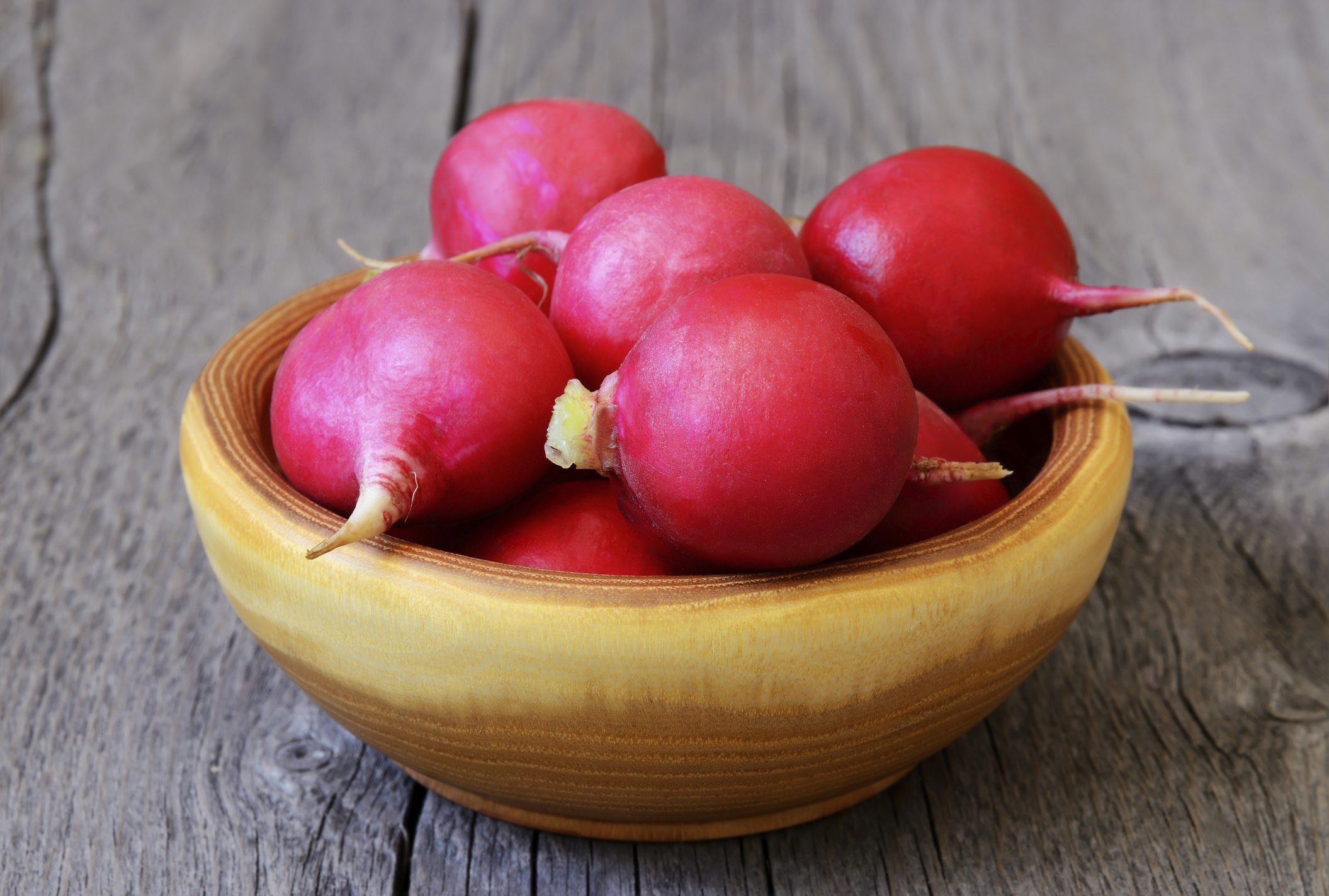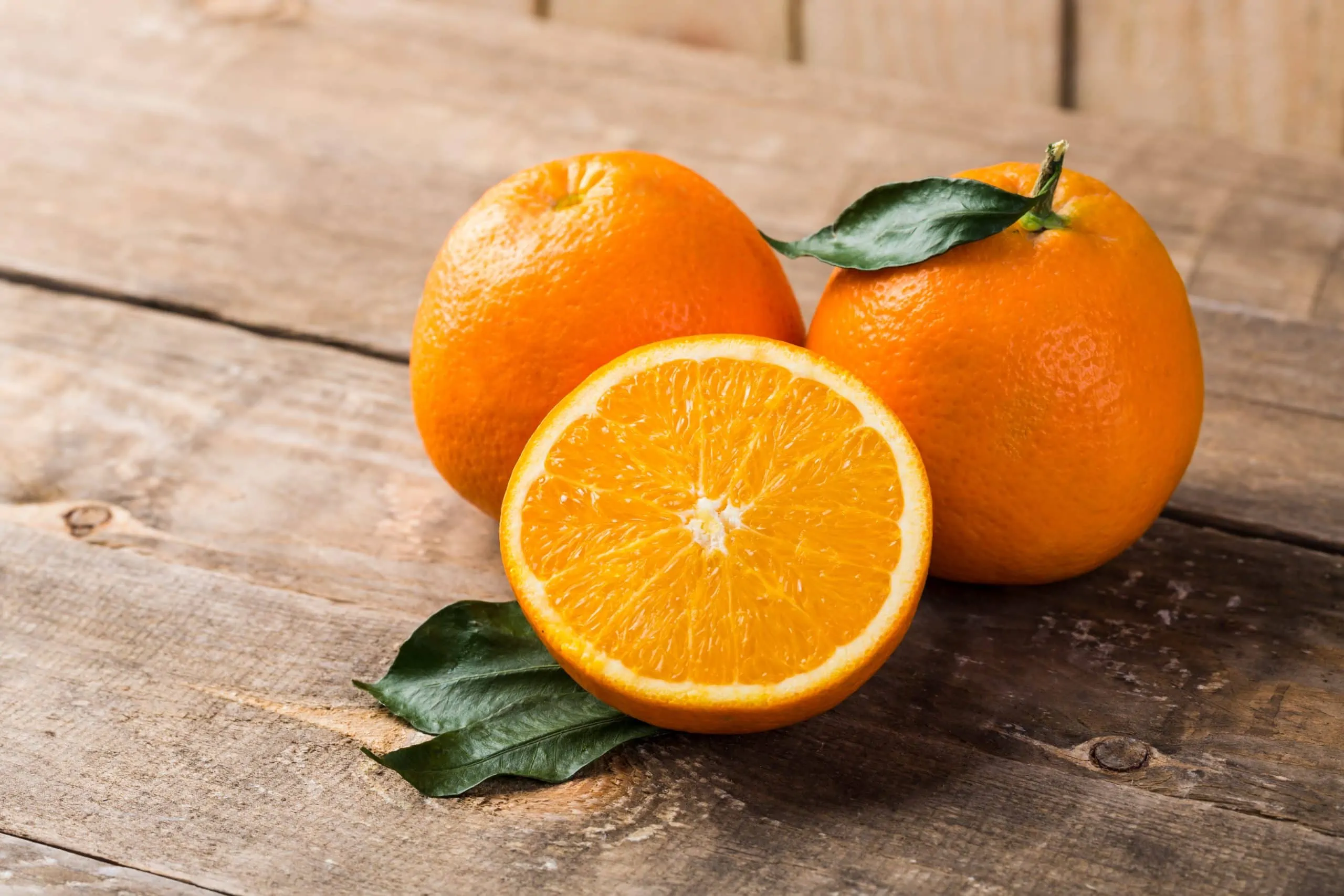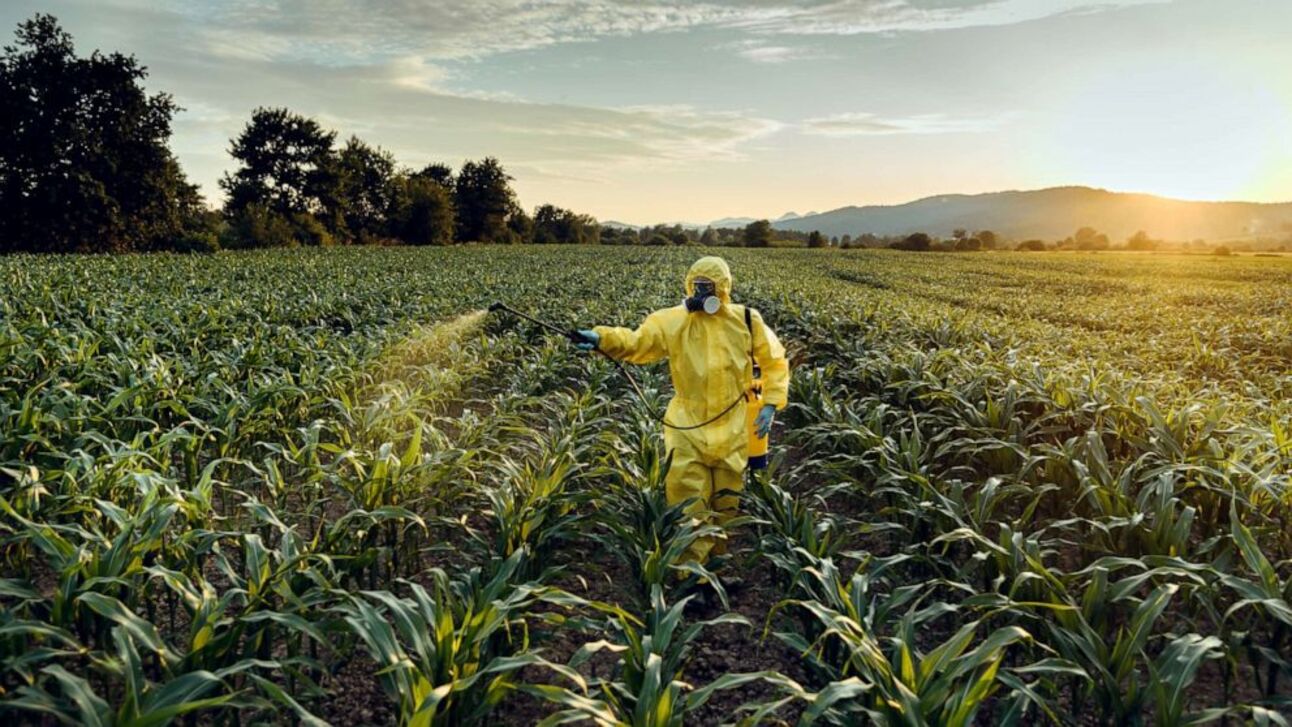Home>Gardening News and Trends>Latest News>What Fruits Have The Most Pesticides On Them
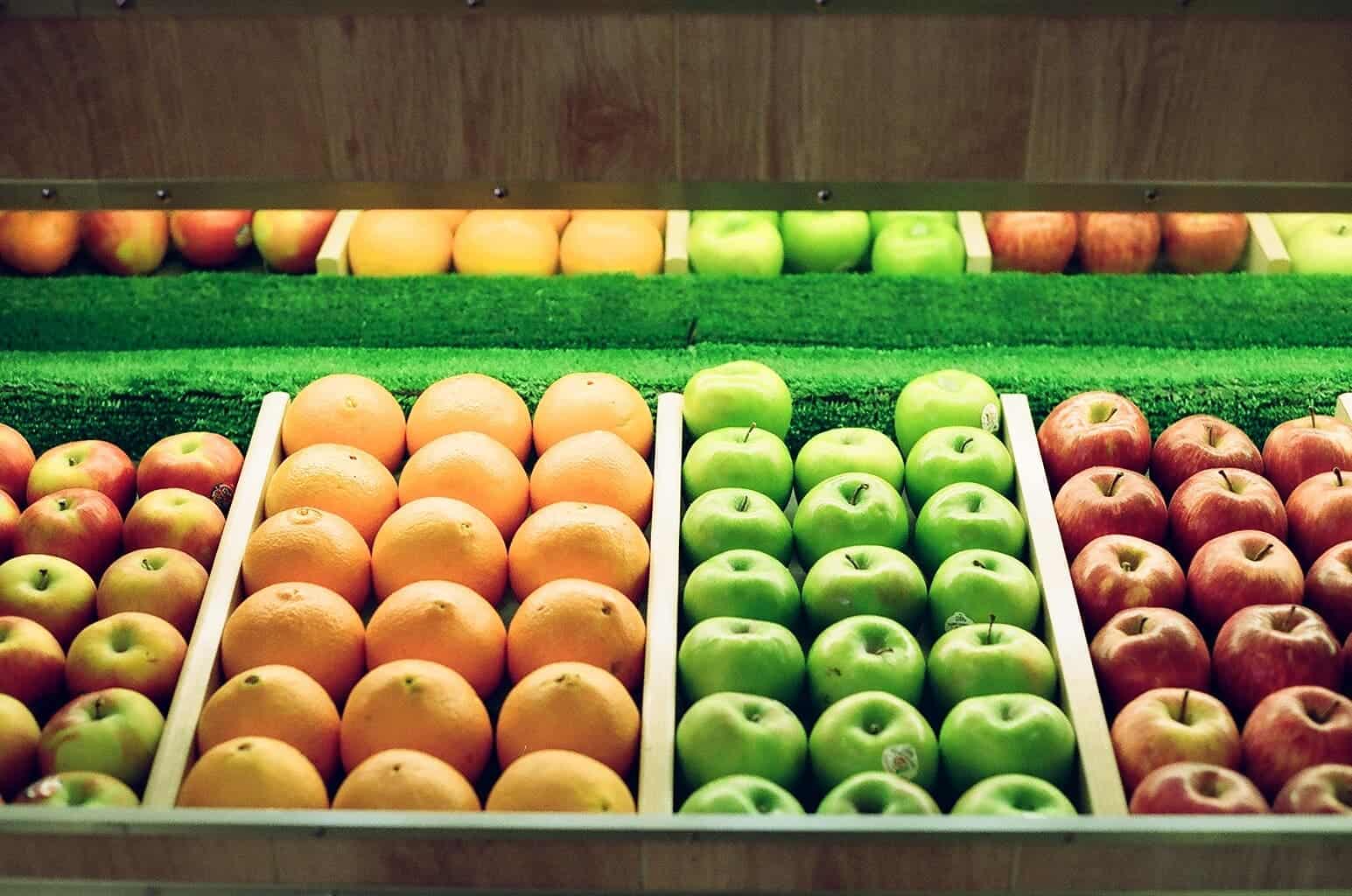

Latest News
What Fruits Have The Most Pesticides On Them
Modified: January 22, 2024
Discover the Latest News on Fruits with the Most Pesticides
(Many of the links in this article redirect to a specific reviewed product. Your purchase of these products through affiliate links helps to generate commission for Chicagolandgardening.com, at no extra cost. Learn more)
Table of Contents
Introduction
Welcome to our comprehensive guide on the fruits that have the most pesticides on them. When it comes to choosing the healthiest options for our diet, it’s important to be aware of potential pesticide residues on our favorite fruits. Pesticides are used in conventional farming practices to protect crops from pests and diseases. However, excessive exposure to these chemicals may have adverse effects on our health.
Consuming fruits that are high in pesticides can pose potential risks such as long-term health issues, especially for those who consume them regularly. By being informed about the fruits that typically have higher pesticide residues, we can make more educated decisions and explore alternative options, such as organic produce or thorough washing methods, to reduce our exposure.
Understanding which fruits are more likely to have higher pesticide residues is crucial for individuals and families who prioritize their health and well-being. In this article, we will discuss the findings of studies and research conducted to identify the fruits with the highest pesticide content. By offering this information, we aim to empower readers to make informed choices when it comes to incorporating fruits into their diets.
Please note that the information provided in this guide is based on extensive research and studies conducted by experts in the field. It is crucial to understand that each individual’s tolerance to pesticides may vary, and the impact of pesticide residues on health is still a topic of ongoing research. With that said, let’s delve into the methodology and results behind identifying the fruits with the most pesticides on them.
Methodology
Identifying and determining the fruits with the highest pesticide residues involves comprehensive research and analysis. Various organizations and institutions, such as the Environmental Working Group (EWG) and the U.S. Department of Agriculture (USDA), have conducted studies to evaluate pesticide levels in fruits.
The research process typically involves sampling a wide range of fruits from both organic and conventional sources. These fruits are then tested for pesticide residues using advanced laboratory techniques. The testing measures the presence and concentration of different pesticides on the fruit’s surface and sometimes within the flesh.
To ensure accurate results, the samples are collected from different geographical locations and seasons. This helps to account for variations in pesticide usage and allows for a comprehensive understanding of the overall pesticide levels in different fruits.
The collected data is then analyzed using statistical methods and compared against established safety limits and guidelines set by regulatory authorities. This analysis helps determine the fruits with the highest pesticide residues, taking into consideration the frequency and concentration of the detected pesticides. Additionally, rankings are assigned to fruits based on their pesticide levels, often presented as a list from highest to lowest contamination.
It is important to note that pesticides are an essential tool in agriculture, and their usage is regulated to minimize potential harm. The methodology used aims to provide a realistic assessment of pesticide presence on fruits but does not necessarily indicate the presence of harmful levels. It is always recommended to follow proper fruit washing practices, such as using water and, if desired, mild soap, to reduce pesticide residues on the fruit’s surface.
The results of these studies and methodologies serve as valuable resources for consumers, allowing them to make informed decisions about the fruits they choose to consume. By understanding which fruits typically have higher pesticide residues, individuals can explore alternatives such as organic produce or other mitigation strategies to reduce pesticide exposure.
Now that we have discussed the methodology behind identifying fruits with the most pesticides on them, let’s move on to the next section to explore the results of these studies.
Results
The results of various studies and research conducted on pesticide residues in fruits have provided valuable insights into the fruits with the highest pesticide content. While the specific rankings may vary slightly between studies, there are several fruits consistently found to have higher levels of pesticide residues.
One of the fruits that often tops the list is strawberries. Strawberries have been found to have high pesticide residues due to their susceptibility to pests and diseases. Pesticide residues such as fungicides and insecticides are commonly detected on the surface of strawberries, making them a fruit of concern when it comes to pesticide exposure.
Another fruit frequently associated with higher pesticide levels is apples. Apples are prone to various pests and diseases, making the use of pesticides prevalent in conventional apple farming. The pesticide residues on apples are typically found on the skin and can include insecticides, fungicides, and herbicides.
Other fruits that have been found to have relatively higher pesticide residues include grapes, peaches, and nectarines. These fruits are often treated with pesticides to protect them from diseases, pests, and fungus. The residue levels vary depending on farming practices, location, and specific types of pesticides used.
On the other hand, fruits such as pineapples, avocados, and mangoes have been found to have lower pesticide residues. These fruits are less susceptible to pests and diseases, reducing the need for extensive pesticide use.
It is worth noting that while these fruits may have higher pesticide residues compared to others, the levels detected are generally within the permissible safety limits set by regulatory authorities. Nonetheless, individuals who are concerned about their pesticide exposure may opt for organic varieties of these fruits or prioritize thorough washing practices to minimize residues.
Additionally, it is important to consider that pesticide residues can vary depending on the geographical location, farming practices, and specific crop types. Therefore, it is advisable to stay updated with the latest research and studies on pesticide residues in fruits.
Now that we have explored the results and discussed the fruits with higher pesticide residues, let’s move on to the next section to delve into the implications and implications of these findings.
Discussion
The identification of fruits with higher pesticide residues raises important concerns about the potential implications for human health. While the presence of pesticide residues on fruits does not automatically imply harm, it is essential to consider the cumulative effects of long-term exposure to these chemicals.
One key consideration is the impact of pesticide residues on vulnerable populations, including young children and pregnant women. These groups may be more sensitive to the effects of pesticides, and long-term exposure could potentially have adverse health outcomes. It is advisable for individuals in these groups to exercise caution when consuming fruits with higher pesticide residues and consult with healthcare professionals if any concerns arise.
Furthermore, exposure to pesticides has been associated with various health issues, including increased risks of certain cancers, neurodevelopmental disorders, and hormonal disruptions. While the evidence regarding the direct causal relationship between pesticide residues on fruits and these health outcomes is still evolving, it is prudent to minimize unnecessary exposure to pesticides by choosing organic options when possible.
It is important to note that organic fruits, which are grown without the use of synthetic pesticides, can be an alternative for those individuals concerned about their pesticide exposure. Organic farming practices focus on natural pest controls and enhancing soil health, thereby reducing the reliance on chemical interventions. Choosing organic fruits not only reduces pesticide exposure but also supports sustainable and eco-friendly agricultural practices.
Additionally, thorough washing of fruits with water and, if desired, mild soap can help remove some surface pesticide residues. While washing may not eliminate all residues, it can still be a beneficial practice to reduce exposure, especially for fruits that are consumed with the skin.
Ultimately, it is important for individuals to be aware of the potential risks associated with pesticide residues and make informed choices based on their personal circumstances and preferences. The findings of studies on fruits with higher pesticide residues serve as a valuable resource for consumers, empowering them to prioritize their health by adopting strategies such as choosing organic produce or implementing thorough washing practices.
It is crucial for regulatory bodies and policymakers to continue monitoring and regulating pesticide usage in agriculture to minimize potential risks. Additionally, further research should be conducted to investigate the long-term health effects of pesticide residues on fruits and to improve our understanding of safe exposure limits.
Now, let’s proceed to the next section to summarize the key points discussed in this comprehensive guide on fruits with the most pesticides on them.
Conclusion
In conclusion, being aware of the fruits with the most pesticides on them is crucial for individuals who prioritize their health and well-being. Through extensive research and analysis, certain fruits have consistently been found to have higher pesticide residues, such as strawberries, apples, grapes, peaches, and nectarines.
While the presence of pesticide residues on fruits does not immediately imply harm, it is important to consider the potential health risks, especially with long-term exposure. Vulnerable populations, such as young children and pregnant women, should exercise caution and consult with healthcare professionals if concerns arise.
Choosing organic fruits, which are grown without synthetic pesticides, can be a viable option for reducing pesticide exposure. Organic farming practices promote environmental sustainability and support natural pest control methods. Additionally, thorough washing of fruits with water and mild soap can help minimize surface pesticide residues.
It is crucial for regulatory bodies to continue monitoring and regulating pesticide usage in agriculture to minimize potential risks. Further research is also needed to investigate the long-term health effects of pesticide residues on fruits and to improve our understanding of safe exposure limits.
By being informed and making conscious choices, individuals can protect their health while enjoying the nutritional benefits of fruits. Prioritizing organic options, practicing proper washing techniques, and staying abreast of the latest research on pesticide residues are all steps towards a healthier and more informed lifestyle.
Ultimately, the information provided in this comprehensive guide serves as a valuable resource for individuals looking to make informed decisions about the fruits they consume. By balancing the benefits of fruit consumption with the potential risks of pesticide exposure, individuals can maintain a healthy and well-rounded diet.
Thank you for taking the time to explore this guide on fruits with the most pesticides on them. We hope that it has provided you with valuable insights and empowered you to make informed choices when it comes to your fruit consumption.
Recommendations
Based on the information presented in this guide, here are some recommendations to help individuals minimize their exposure to pesticides when consuming fruits:
1. Choose organic: Consider opting for organic fruits whenever possible. Organic farming practices avoid the use of synthetic pesticides and prioritize natural pest control methods, reducing pesticide residues on the fruit’s surface.
2. Thoroughly wash fruits: Even if you choose conventional fruits, thorough washing can help remove some surface pesticide residues. Use water and, if desired, mild soap to gently scrub the fruit before consumption.
3. Peel when necessary: For fruits with edible skins, such as apples or peaches, consider peeling them to further reduce pesticide exposure. However, keep in mind that peeling may also remove some beneficial nutrients found in the skin.
4. Diversify your fruit selection: Instead of relying heavily on fruits that tend to have higher pesticide residues, diversify your fruit consumption by incorporating a wide variety of fruits, including those that are typically lower in pesticide residues, such as pineapples, avocados, and mangoes.
5. Support local farmers’ markets: Consider purchasing fruits from local farmers’ markets, where you can directly inquire about farming practices. Many small-scale farmers follow sustainable and pesticide-free methods, providing a healthier option for consumers.
6. Stay informed: Stay updated with the latest research and studies on pesticide residues in fruits. The understanding of pesticide impacts and farming practices is continually evolving, and being well-informed can help you make educated decisions about the fruits you choose to consume.
7. Consider frozen or canned fruits: Frozen or canned fruits can be good alternatives, as the processing methods often involve a thorough cleaning and may remove some pesticide residues.
8. Grow your own: If possible, consider growing your own fruits. This way, you have control over the farming practices and can ensure that no or minimal pesticides are used.
Remember, the goal is to reduce pesticide exposure while still benefiting from the nutritional value of fruits. By implementing these recommendations, individuals can make healthier choices and minimize their exposure to pesticides in their fruit consumption.
Thank you for reading this guide. We hope that these recommendations will help you navigate the world of fruits and make informed decisions for your well-being.
